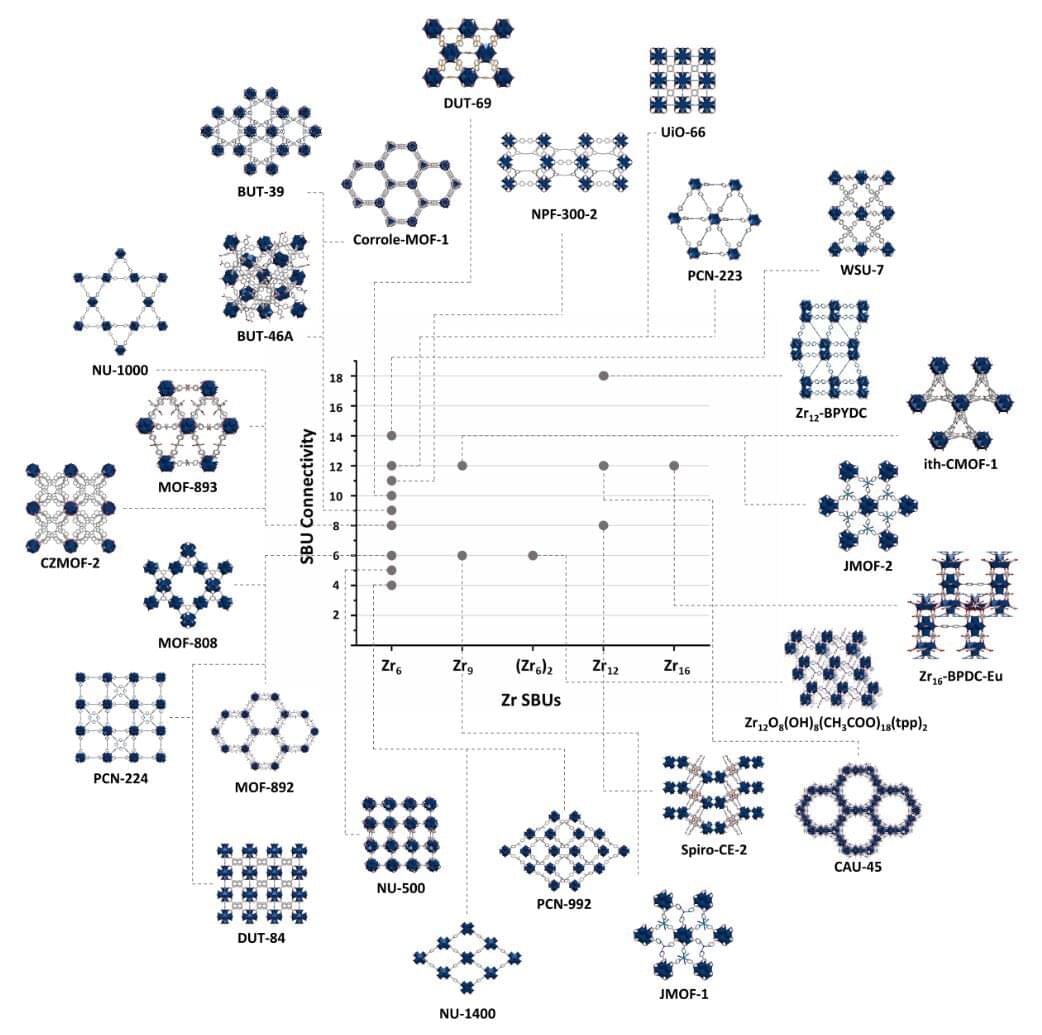A team of scientists has created a chiral assembly by blending inorganic polyoxometalates and organic cyclodextrin molecules.
Polyoxometalates (POMs) are a class of nanomaterials with many useful applications. However, using polyoxometalates as building blocks to construct chiral POM-based frameworks has been a long-standing challenge for researchers. The team produced a 3D framework in this research, constructed by coordination assembly. The resulting framework features an interlaced organic-inorganic hybrid layer.
The team has published their work in the journal Polyoxometalates.









